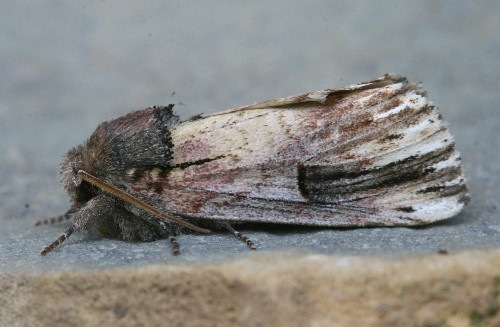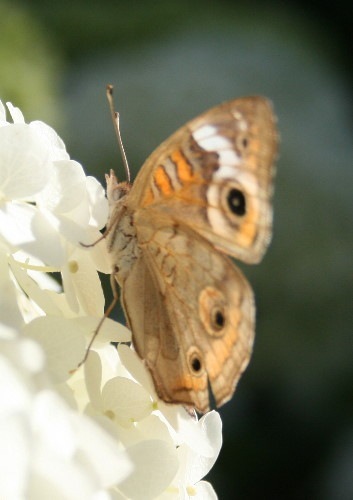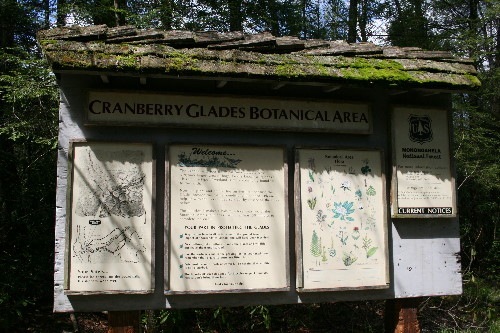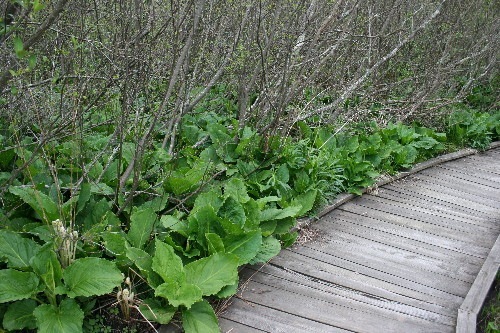I’m waking this blog up (temporarily) to share some exciting news:
David Beadle and I will be doing a new Peterson moth guide, for southeastern North America! Many of the details are still being worked out, but it will be very similar to the northeast guide in format. It will contain about 1600 of the most common or flashy species from the region, and will cover the range shown in the map above – from North Carolina to Florida, west to Oklahoma and central Texas. Release date is TBD, but I suspect will likely be about summer 2016.
We’ll be working on the materials over the course of the next year and a half, including some travel and soliciting high-quality photos to obtain images of species we don’t currently have them for. I’m really looking forward to getting out to visit some of these areas this summer and perhaps next.
And in other developments:
I haven’t talked about it much, but in my spare time I’ve been writing novels. Over the last couple of years I’ve been working at getting better at the craft and writing a really strong story, and last week I finally signed with a literary agent! Rachael Dugas of Talcott Notch Literary read and loved my latest novel and offered to represent me and my work. To place your book with large publishing houses you need to go through an agent, and finding a literary agent is more like winning a place with one of the coaches on The Voice (they have to really fall in love with your work for them to offer representation) than it is hiring a realtor – so this was really exciting! Next up, she’ll be working to try to sell it to a publisher for me. I’ve been posting more about my writing journey at my writing blog.
Also, Dan and I are moving again! As last time, our landlord has decided to sell the house. We haven’t yet found a new place in the area that will work for us, but hopefully soon; in the meantime, we’ve been busy preparing to move, packing things, and that’s kept us pretty occupied the last little while, too.
A final note about the blog:
I’ve been quite busy working on various projects over the last year, and the novels have taken up a lot of my extra time. I ended up having to let something go, and that something was the blog – at 2-3 hours per post, even just a couple posts a week eats up a lot of time. Plus I’d already blogged about a lot of the common and easy stuff where we lived. I may yet come back to it – especially if I were to get a smartphone that I could take photos with and post easily – but I don’t have immediate plans.
I do, however, intend to post periodic updates on the status of the new guide. If you’re interested in hearing the latest you could check in from time to time, subscribe to the blog through an RSS feed reader, or by email (click the “Follow” button at the top, if you’re logged in to WordPress).















